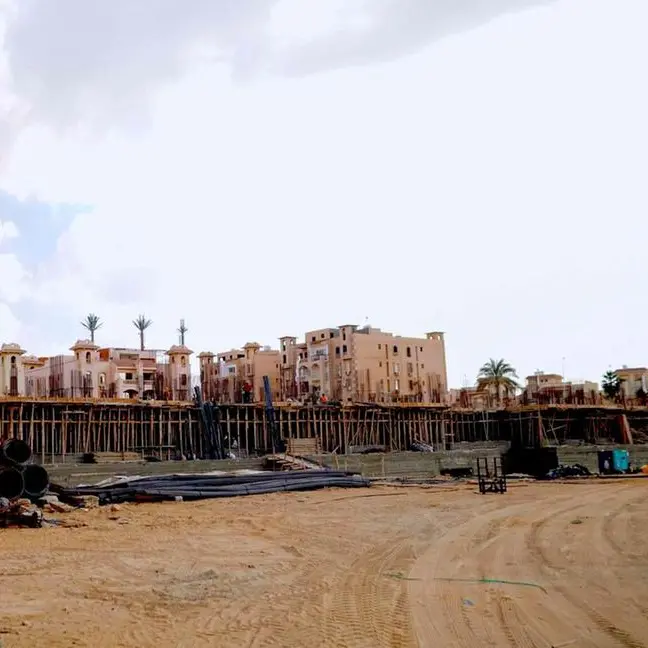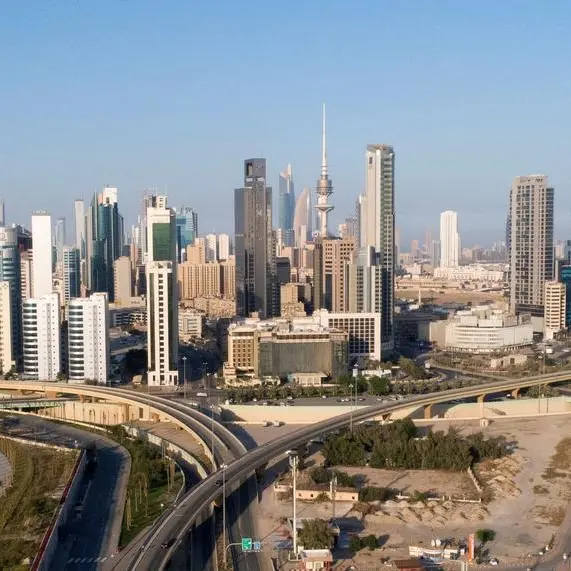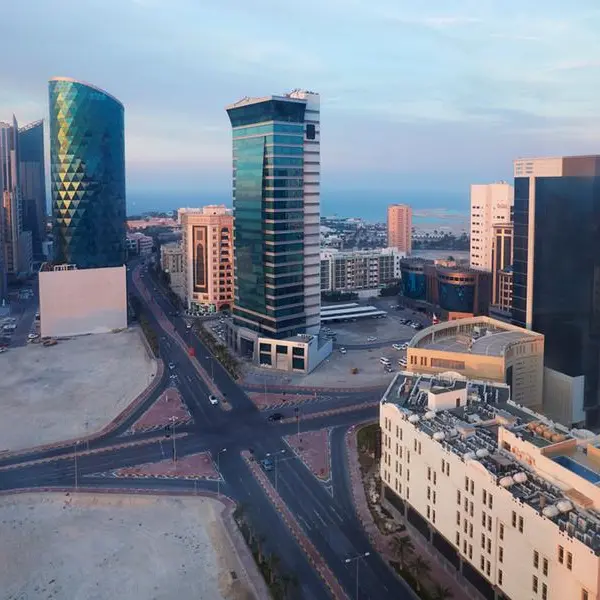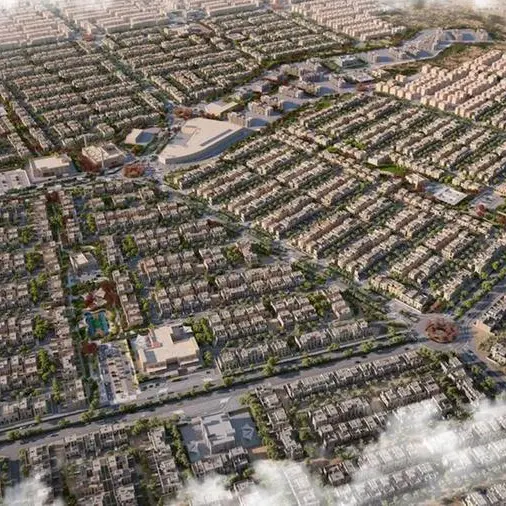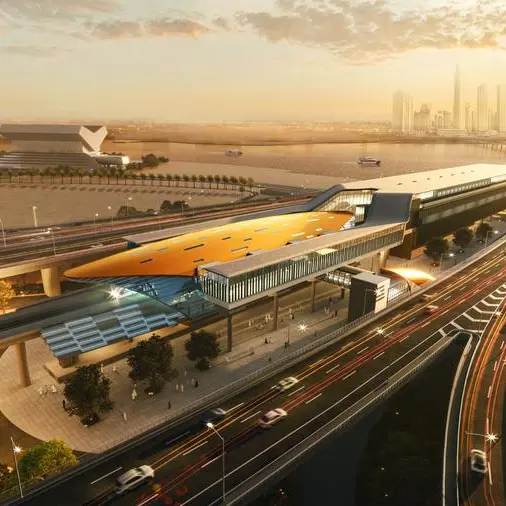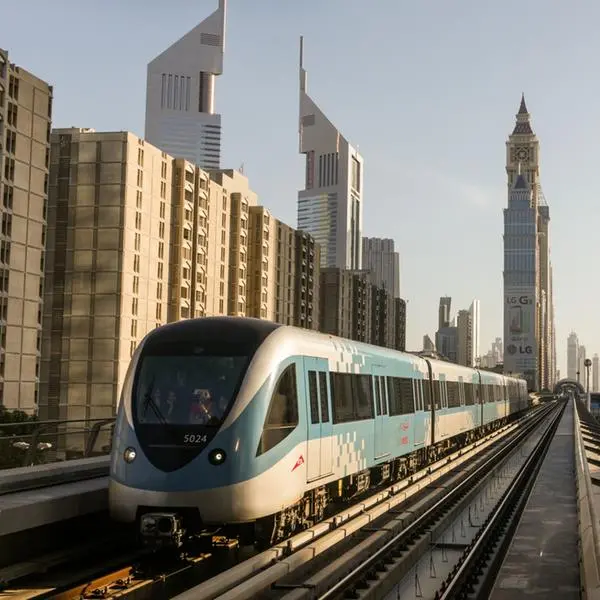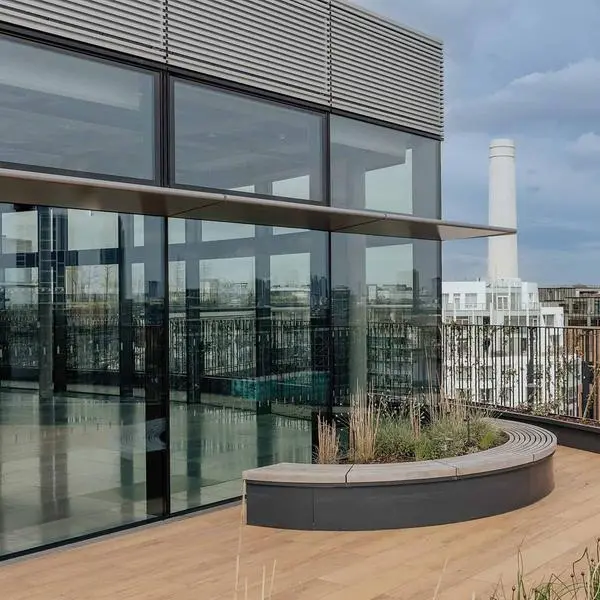PHOTO
The construction industry holds significant potential for emissions reduction through digitisation and technology-driven strategies, according to experts from US-headquartered consulting giant Boston Consulting Group (BCG).
In an exclusive interview with Zawya Projects, Benjamin Deschietere, Managing Director and Partner at BCG, and Edoardo Geraci, Principal at BCG, explored how the Middle East can effectively address carbon emissions within the construction sector. They underscored that the built environment accounts for nearly 30 percent of global greenhouse gas emissions, making it a pivotal sector for reduction initiatives.
According to BCG's research, as much as 50 percent of the emissions occurring throughout a project's lifecycle can be alleviated with minimal or no financial burden on developers.
Deschietere and Geraci also delved into various strategies for carbon reduction, dissecting the percentage of emissions mitigated by each approach. They highlighted the Middle East's crucial role in global emission reduction efforts, particularly in light of the region's mega projects, collectively valued at over $1 trillion.


Excerpts from the interview:
How can decarbonisation in construction be achieved in a commercially viable manner? What is the potential for emissions reduction in new builds and retrofits?
Developers can achieve approximately 37 percent reduction in lifecycle carbon emissions by employing technologies and design principles that yield cost savings over a 50-year span.
Significant abatement potential exists in both new building construction and retrofits, with our study indicating that incorporating sustainability best practices can result in abating around 50-70 percent of emissions in large-scale projects. The manufacturing of construction materials and building operations present substantial opportunities for emissions reduction, accounting for roughly 90 percent of lifetime emissions.
As the construction sector evolves, future innovations like biogenic materials utilisation, energy-efficient technology adoption, and renewable energy source integration promise further emissions reduction.
What initiatives could developers undertake to reduce their carbon footprints significantly?
While approaches to decarbonisation may vary based on project specifics and stages, we've identified several cost-effective levers for substantial emissions reduction.
Through a comprehensive study, we've analysed over 30 initiatives that developers in the region can adopt to significantly diminish the carbon footprints of their projects.
This encompasses efficient design that incorporates energy-efficient systems, passive design strategies, and optimised building layouts to minimise energy demand and emissions throughout a project's lifespan.
Utilising sustainable materials, such as low-carbon steel, can curtail emissions associated with material production.
Enhancing process efficiency by implementing streamlined construction processes like off-site fabrication, digitisation, and lean construction techniques is another emission reduction avenue.
Additionally, integrating renewable energy sources like solar or wind into the project's energy mix and decreasing reliance on fossil fuels can mitigate operational emissions.
How crucial is digitisation's role in enabling emission-reducing measures when the sector is still relatively low in digitisation?
While certain digital applications aid in reducing embodied carbon, key levers lie in using alternative materials, sustainable production methods, and optimal design decisions.
The most significant digitisation opportunity lies in mitigating operational emissions, constituting approximately 65 percent of a project's lifetime emissions. This includes optimisations for cooling and implementing intelligent devices for electricity consumption.
Furthermore, digitisation is vital in ensuring material quality, especially with the increasing prevalence of low-carbon materials. The ability to verify quality, production processes, and transportation history will become progressively important.
Digitisation facilitates better energy management, BIM-driven design, automation, and prefabrication, all of which minimise waste and emissions.
The construction industry is becoming more receptive to adopting technologies for carbon emission reduction due to evolving regulations, changing customer preferences, and technological advancements.
The Middle East has noteworthy sustainable construction examples, such as the LEED Platinum-certified King Abdullah University of Science and Technology in Jeddah and the ICD Brookfield Place in Dubai, which has exceeded industry standards by reducing energy consumption by 28 percent and aims for carbon neutrality by 2030.
The region is also developing more sustainable products like low-carbon cement, recycled steel, and solar-powered aluminium, contributing to reduced carbon emissions during construction. Off-site modular building construction is gaining traction as a more sustainable approach.
However, widespread adoption of these technologies necessitates coordinated efforts among various stakeholders, including governments, developers, and material suppliers.
(Reporting by Syed Ameen Kader; Editing by Anoop Menon)
Subscribe to our Projects' PULSE newsletter that brings you trustworthy news, updates and insights on project activities, developments, and partnerships across sectors in the Middle East and Africa.


